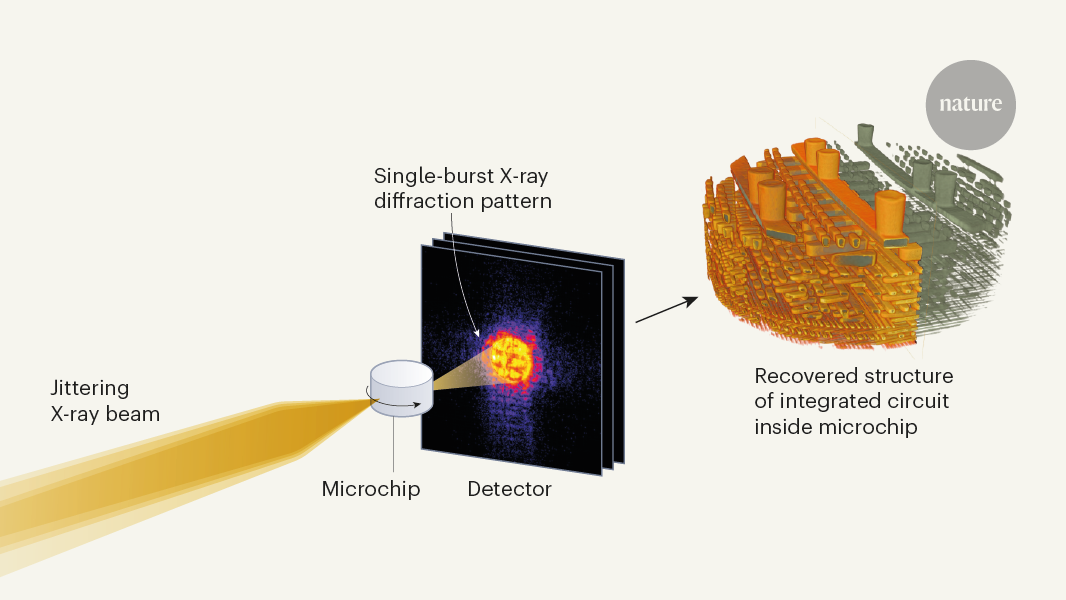Rapid X-ray Imaging Reveals Intricate Details of Microchip Transistors
The article discusses a new method for non-destructively imaging the internal structure of computer chips using rapid X-ray bursts. Current microchip fabrication techniques can pack around 50 billion transistors onto a chip the size of a fingertip, enabling innovations in artificial intelligence and augmented reality. However, imaging these intricate circuits in 3D has remained a challenge.
The researchers developed a technique that can map the integrated circuits inside chips with a record resolution of 4 nanometers, up to 170 times faster than existing methods. This allows for detailed, non-destructive visualization of the complex transistor layouts and interconnects within modern microchips. The rapid X-ray bursts enable high-speed imaging that can capture the chip's internal structure without damaging the device.
This breakthrough in chip imaging technology provides new opportunities to study and optimize the design of integrated circuits, which are critical components powering a wide range of modern electronic devices and emerging technologies. The ability to rapidly and non-invasively inspect the internal structure of microchips at the nanoscale level can lead to important insights for improving chip performance, power efficiency, and reliability.
Customize Summary
Rewrite with AI
Generate Citations
Translate Source
To Another Language
Generate MindMap
from source content
Visit Source
www.nature.com
Microchip minutiae imaged using rapid X-ray bursts
Principais Insights Extraídos De
by Tais Gorkhov... às www.nature.com 07-31-2024
https://www.nature.com/articles/d41586-024-02377-7
Perguntas Mais Profundas
